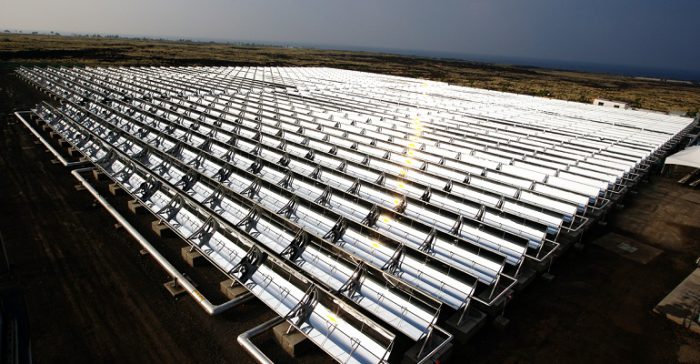Bringing thermal energy store vessels to life
Renewable Energy Focus, March 24, 2016. Image credit: Xklaim
One energy storage solution that has come to the fore is Liquid Air Energy Storage (LAES), which uses liquid air to create an innovative energy reserve that delivers large scale, long duration energy storage.
The Government is taking the technology’s potential seriously, committing millions of pounds over the past three years to fund immediate demonstration projects in grid and transport applications and a new multi-million pound research institute, the Birmingham Centre for Cryogenic Energy Storage at the University of Birmingham.
Highview Power Storage with project partners, Viridor, recently received more than £8m in funding from the Department of Energy and Climate Change for the design, build and testing of a 5MW LAES technology plant that would be suitable for long duration energy storage. The site will soon be operational in the north west of England. We caught up with the team and some of their suppliers to explain how the technology works and how it can solve some of the toughest energy challenges.
[bctt tweet=”One energy storage solution that has come to the fore is Liquid Air Energy Storage (#LAES).”]
“Our liquid air energy storage (LAES) technology stores liquid air in insulated tanks at low pressure before discharging it as electricity when required,” explained Matthew Barnett, Head of Business Development, at Highview Power. “Like all energy storage systems, the LAES system comprises three primary processes: a charging system; an energy store; and power recovery. However, unlike many other storage systems, these can be scaled independently to optimise the system for different applications, making it an incredibly flexible solution.
“The process works by turning air into liquid by refrigerating it to -196 degrees and storing it in insulated vessels at very large scale. When power is required, liquid air is drawn from the tanks and pumped to high pressure. Stored heat from the air liquefier is applied to the liquid air via heat exchangers and an intermediate heat transfer fluid. This produces a high-pressure gas that is then used to drive the turbine and create electricity. With 700 litres of ambient air being reduced to just one litre of liquid air, the storage capacity this offers is significant, representing GWh of energy potential.”
A large-scale energy storage solution, LAES offers the opportunity to store or ‘bank’ energy and time-shift its delivery to periods of peak demand or hold it in reserve. This is critical to enabling the use of intermittent renewable power (e.g. wind or solar) or facilities that have power generation capabilities (e.g. power stations).
